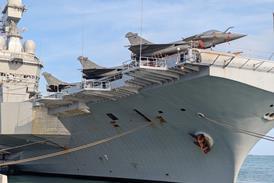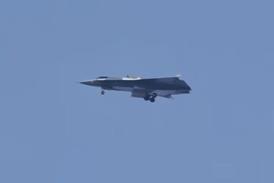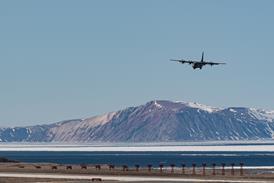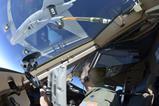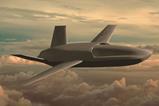The US Air Force (USAF) has approved full-rate production of the latest electronic warfare countermeasures system for the service’s fleet of Boeing F-15 fighter jets.
Known as the Eagle Passive Active Warning Survivability System, or EPAWSS, the BAE Systems product is viewed as critical for making the fourth-generation fighter more survivable against modern air defences.
BAE and the USAF completed initial operational and test evaluations on the EPAWSS in 2024, after more than a decade of development.
Now, the air force has approved the system for full-rate production with a $615 million contract covering the procurement of the initial group of EPAWSS kits, which will be equipped on the latest F-15EX fighters, as well as older F-15Es. The USAF inventory includes 218 F-15Es, with a current plan to acquire some 98 F-15EXs.
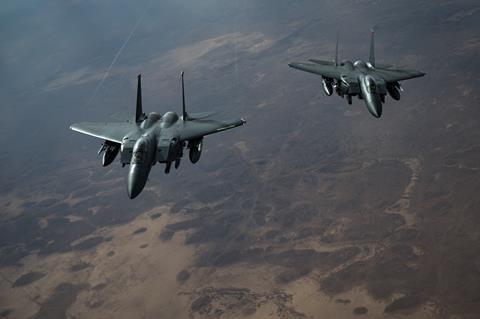
Delivery of the initial EPAWSS order is expected to be complete by end of 2030.
“EPAWSS is a leap in technology, improving the lethality and combat capabilities of the F-15E and F-15EX in contested, degraded environments against advanced threats,” says Major Bryant Baum, EPAWSS test director for the Air Force Operational Test & Evaluation Center.
According to BAE, the system offers a range of instantaneous capabilities across the electromagnetic spectrum, including radar warning, geo-location, situational awareness and protection against air defences.
“The system enables freedom of manoeuvre and deeper penetration into battle spaces protected by modern integrated air defence systems,” the company says.
Onboard protection against high-end air defences in particular is a key capability for the multi-role F-15, which the USAF expects to operate alongside stealthy Lockheed Martin F-35s.
While the fifth-generation F-35 boasts improved survivability compared to older peers, the latest F-15EX offers a substantially greater weapons payload. The latest avionics incorporated in the jet, including EPAWSS, have led Boeing to refer to the F-15EX as a “4.5-generation” fighter.
Boeing delivered the first two combat-configured F-15EXs to the air force in 2024, following the earlier handover of six test examples.
The improved Eagle II version of the venerable fighter boasts numerous improvements, including new fly-by-wire controls, improved aerodynamic performance at low-speeds and an increased weapons payload that covers 12 air-to-air missiles or three long-range air-to-ground cruise missiles.
The USAF now plans to permanently station the F-15EX at its critical forward base in Okinawa, Japan. Thirty-six of the new fighters will replace the aged F-15C/Ds being retired from service at the strategic Kadena air base in the Western Pacific.





